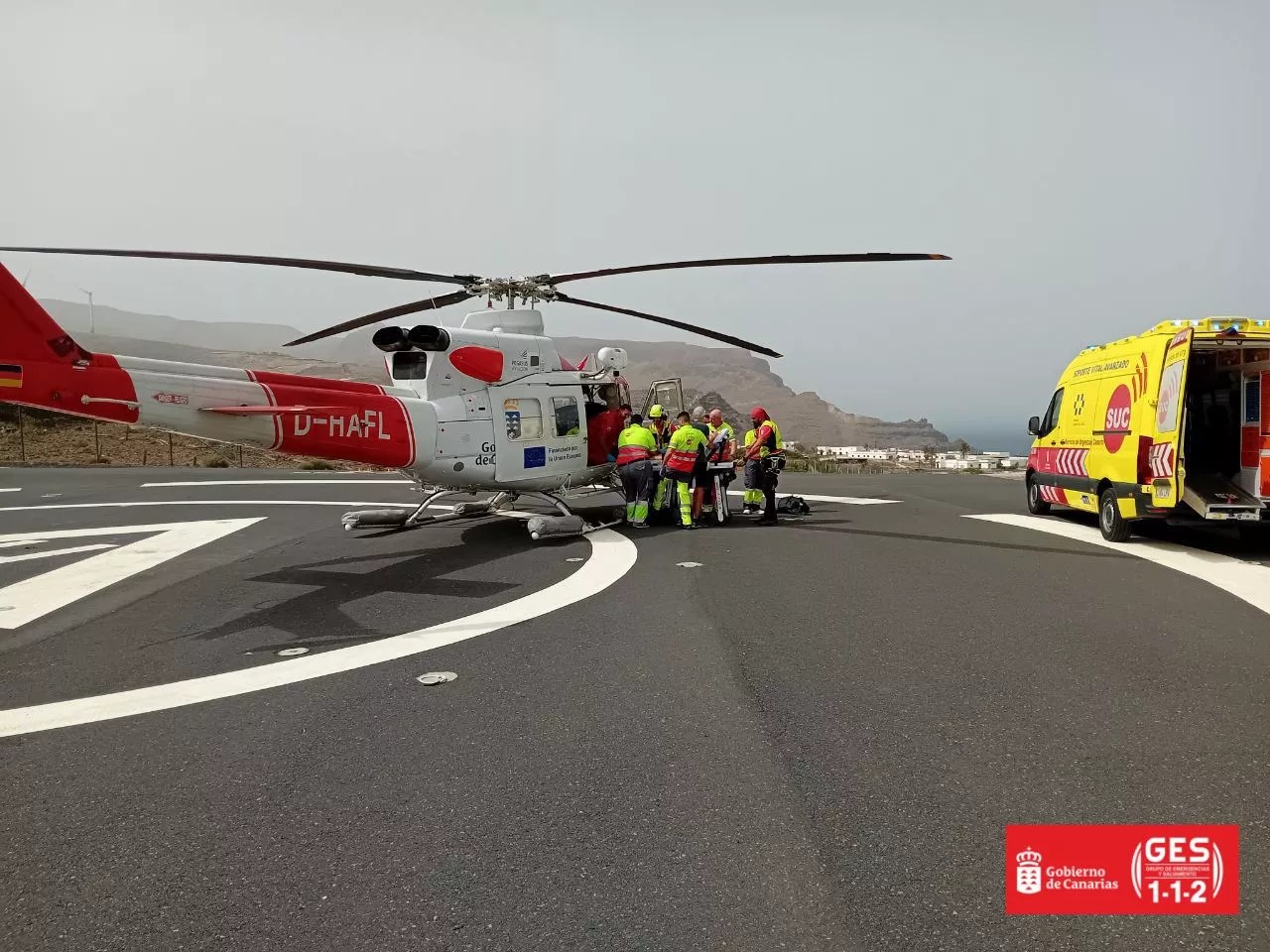
SANTA CRUZ DE TENERIFE, 12 Jul. (EUROPA PRESS) –
The Department of Ecological Transition and Energy of the Government of the Canary Islands has commenced the evaluation of compliance with the sole permit for land-sea discharge currently valid in the municipality, which pertains to the conduit situated in the area of Punta Brava.
The initiative, spearheaded by the General Directorate of Ecological Transition and the Fight against Climate Change, aims to assist in clarifying the causes that led to the suspension of the bathing zone at Playa Jardín since July 3, as determined by the General Directorate of Public Health of the Government of the Canary Islands, following the discovery of an excessive concentration of pathogens.
Ángel Montañés, the Director General of Ecological Transition and the Fight against Climate Change, informed in a communication from SE that the process has been launched to verify the compliance with the regulations outlined in the permit held by the underwater conduit through which treated water is discharged into the treatment plant of the La Orotava Valley, which is owned by the Tenerife Island Water Council.
Montañés mentioned that they have commenced validating adherence to current legislation by examining the most recent control report provided by the Island Water Council, and the inspection phases will kick off in the upcoming days, with a clarification that, “if any form of negligence is identified, the Canary Islands Agency for the Protection of the Natural Environment (ACPMN) will be notified so that it may initiate, if necessary, punitive procedures.”
This measure was previously taken in 2023 when sanctions were imposed on the City Council of El Puerto de La Cruz for the spillages at Playa Chica and El Caletón – the closest to Playa Jardín.
Montañés suggested that at this specific discharge point, in line with the latest report from the General Directorate of Public Health, responsible for monitoring the quality of bathing water in the archipelago, “no pathogens exceeding permissible levels were detected in the routine bimonthly analyses conducted at the five sampling points specified in the authorisation,” hence, “seemingly this should not be the origin of the pollution, despite the pipeline break.”
UNAUTHORIZED DISCHARGES
Nonetheless, the general director emphasised that the Department is utilising all available resources to the public “to ascertain the circumstances, extending full cooperation to the City Council, which is accountable for maintaining the quality of its bathing water and sewage system.”
Concerning the municipal administration, the general director noted that “there are several unauthorized land-sea discharge locations lacking a monitoring scheme in the municipality,” hence “it cannot be ruled out that these are responsible for the issue.”
Additionally, he informed that “these wastewater discharge points, falling under the direct responsibility of the City Council, should only operate during periods of heavy rainfall, and there is no data on the frequency or level of contamination discharged onto the coast of El Puerto.”
















